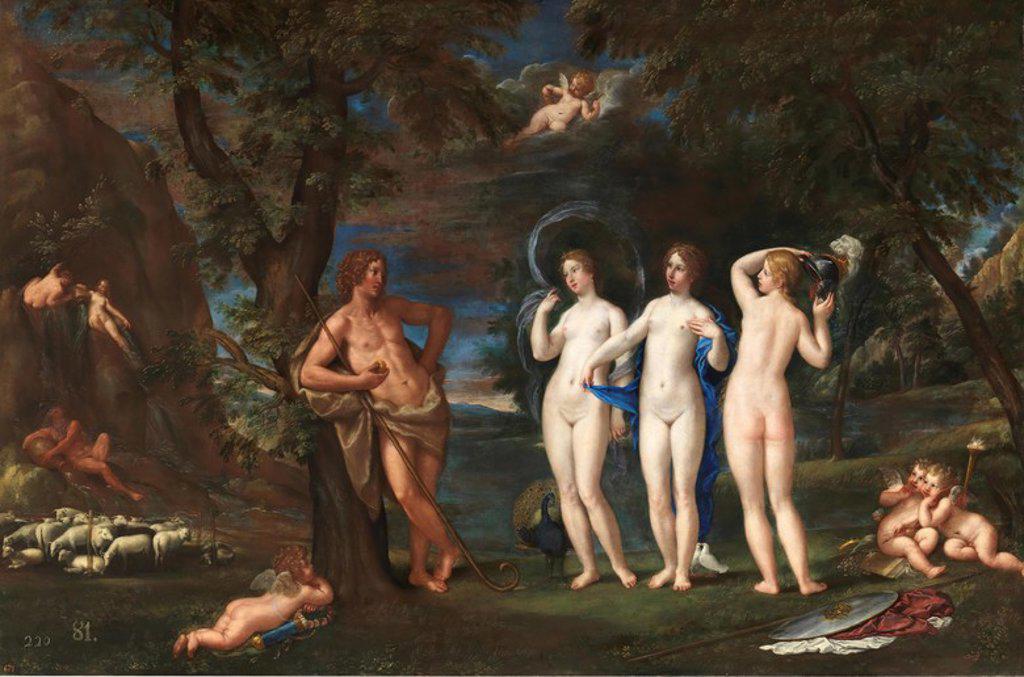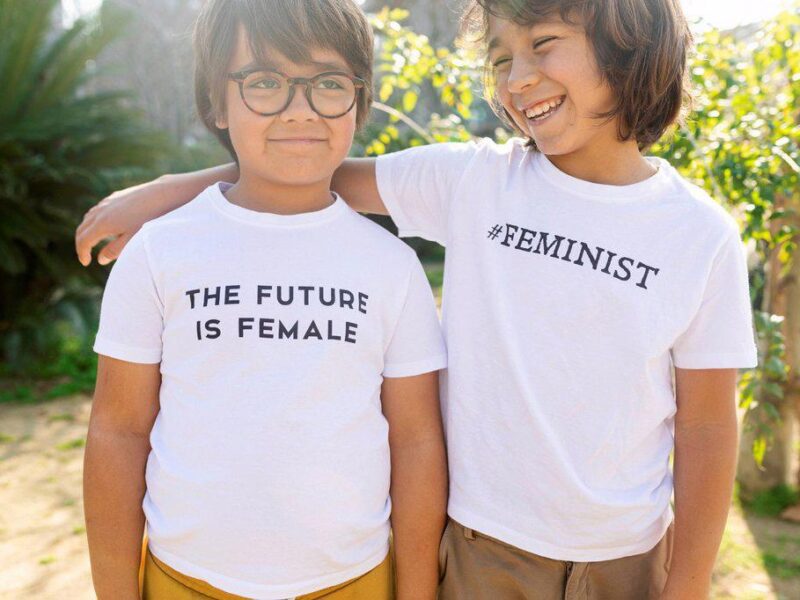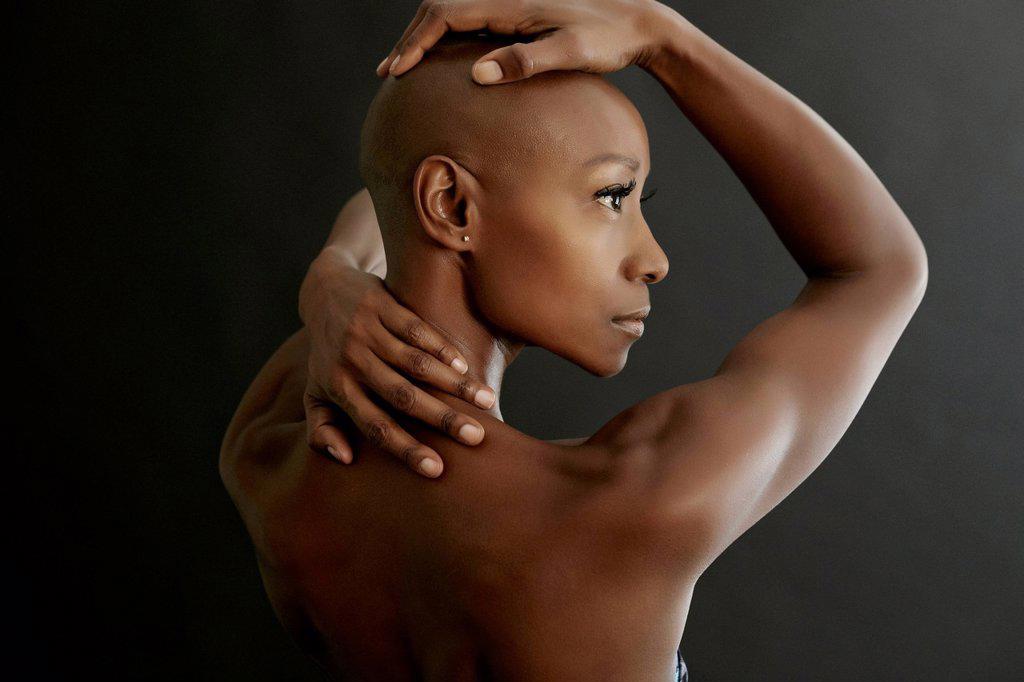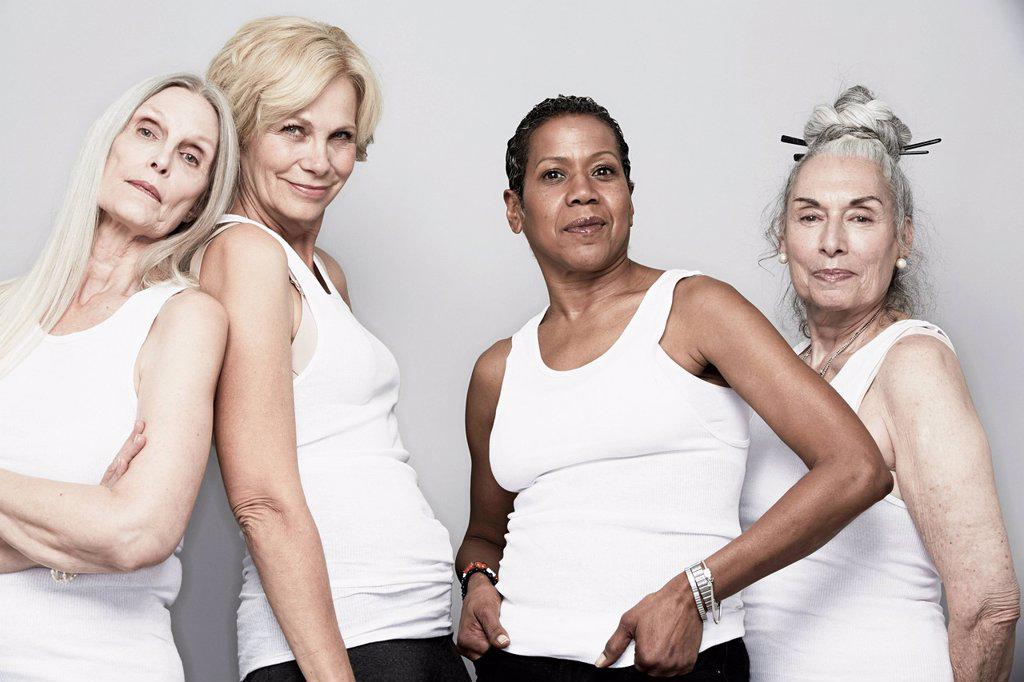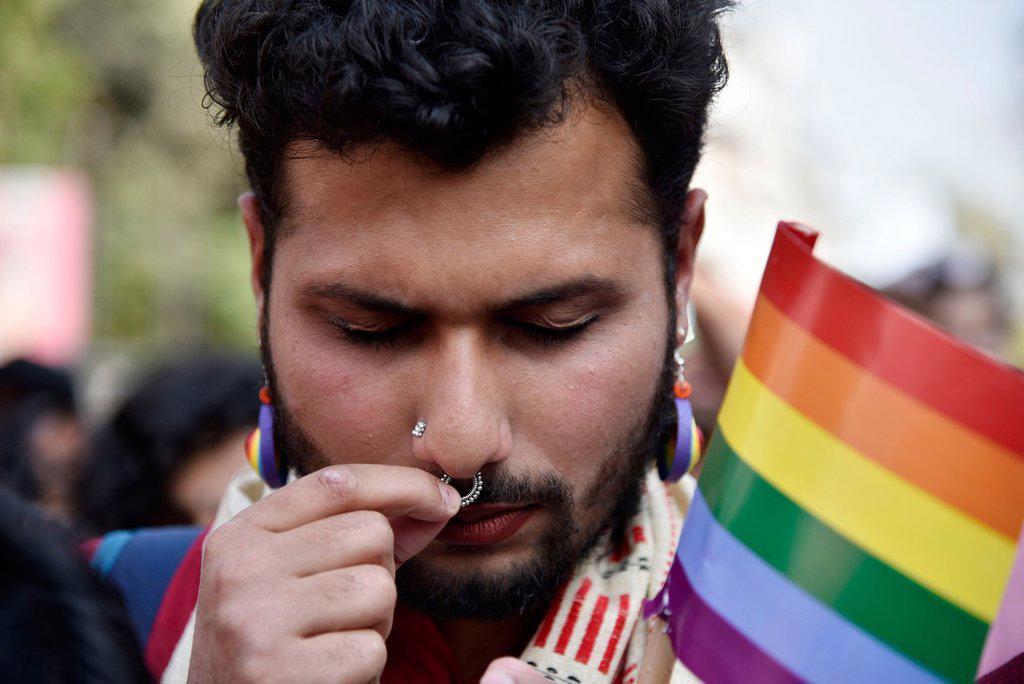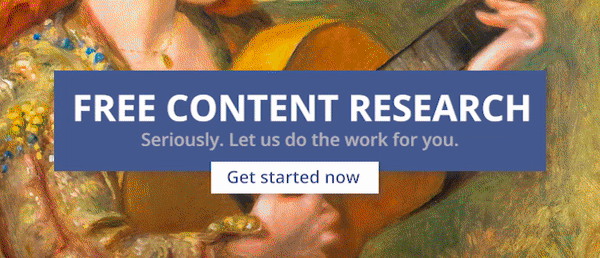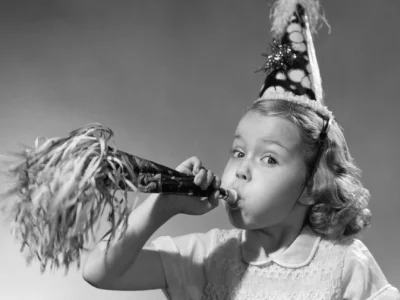Move Over Beautiful People!
- What is Italy’s Imperfetta modeling agency and why is the world talking about it?
- Launched in France and now taking over the planet, are you ready to BE REAL?
- Ridiculously pretty people, doing fabulous things have become so boring. Why?
The concept of human beauty has been both fascinating and confusing from time immemorial because of its subjectivity. In many ways, beauty is indeed in the eye of the beholder. However, this hypothesis, first attributed to the ancient Greek philosophers, later became the subject of scientific and spirited arguments by these same big thinkers. It’s safe to say that beauty has evolved in the same way human brains have changed.
What is perceived as a human form that’s as “pretty as a picture,” seems to change with the collective opinions of the society where that person happens to be at the time. From body shapes to suntans, beauty can jolt the “pitter and patter” of the heart into overdrive!
What This Means for You – – – If you craft marketing messages, the aspirations of potential customers are always lurking nearby. Since one picture is worth a thousand words, the perceived attractiveness of spokespeople in advertising and every other medium is well known. However, what about the power of authenticity?
Are you ready to solve a perplexing marketing conundrum? Does contemporary marketing simply involve a pretty face or does authenticity rule? To find out, read on.
*****
The goal of any authentic campaign is for your brand to build a personal connection that makes your customers feel heard and understood. Here’s where SuperStock can help. Click here to see our authentic gallery. Now all you need to do is write some authentic copy!
*****
The Power of Imperfection
An appreciation of imperfection goes back centuries. For example, in traditional Japanese aesthetics, wabi-sabi is a world view centered on beauty that is “imperfect, impermanent, and incomplete” in nature. Modern social media has amplified this concept.
Instagram is known for its emphasis on visual images. This made it the ideal platform for Carlotta Giancane, a model agency owner in Rome, to highlight ordinary women and their imperfections and in the process redefine the notions of beauty in Italy.
According to Associated Press, “The Imperfetta (Imperfect) modeling agency, started in 2020 by Giancane, has a casting book full of models who defy the industry’s pre-established standards of beauty. They are of all sizes and ages, spanning the gender spectrum, some with disabilities or medical conditions like alopecia or vitiligo, visible scarring or who have lost limbs.
Click here for the complete AP story.
This amazing news report and the YouTube video highlight the transformative impact L’Imperfetta has had.
“Sonia Spartá is one of the models. A 28-year-old from Sicily, she has heard adults whisper to children that she was from the circus when they saw the dark spots on her face and body, the result of a form of hyperpigmentation. While she once tried to conceal her condition, she now is conscious of her beauty.
“I changed things so that my weakness, or how I perceived a weakness, became my source of strength, my distinctiveness.” she said.
The AP network is a worldwide news service, so this story reached tens of millions of readers in every corner of the globe. Since it was shared millions of times on social media, its reach is likely to be hundreds of millions of people. Plus, this concept of “real people” who are models has been around for decades. The Dallas agency Get Real Agency was started in 2009 by Brynn Haney Isom. The larger question is: what does this story suggest for brand marketers and their creative teams?
Real Bodies Are Usually Imperfect
Every day, brands battle for the hearts and minds of customers. The standard approach has been to use some form of an aspirational strategy. This involved using the images of what companies and their agencies felt were symbols to which customers could aspire.
In many ways, retail is a paradigm of how this approach works. As Shopify notes, “The subconscious part of a buyer’s mind—which is what retailers want to understand—stores feelings, emotions, and, most importantly, aspirations. It shapes their idea of who and what they want to be. And from a psychological lens, this desire to become a better version of themselves pushes buyers to buy products that promise that transformation.
“This is how aspiration-based marketing follows the age-old saying: Sell the sizzle, not the steak. It combines the science of human psychology with the art of selling to configure subconscious thinking in a retail brand’s favor.”
FOMO plays a big role in this strategy. In the not-so-distant past, the “Fear of Missing Out” has had a very powerful impact on marketing and advertising. However, there has been a vibe shift while some brands were not watching. That which is perceived to be authentic is now overwhelming that which is merely pretty people doing fabulous things!
Hello Gen X and Gen Z!
One brand noticed this decades before everyone else – Unilever’s Dove soap. A large segment of the Dove market is female, and this group has been leading the “War on Photoshop.” For more than 20 years, the brand has used images of real people using its product. The campaigns have been shapeshifting – literally and figuratively. Three that have been particularly effective are:
This third campaign was based on fascinating market research. According to MediaPost, “The effort stems from its research that 77% of women and 70% of girls believe all images they see have been digitally altered or airbrushed. “We’re committed to three core principles,” says Amy Stepanian, Dove’s marketing director. “We use real women, never models. We always use women as they’re portrayed in real life. And we help girls build self-esteem. We want it to identify reality and serve as a guide through social media and what they’re seeing today.”
Companies such as SuperStock, which supplies stock photography and video to agencies and brands for use in advertising campaigns, have adapted to this shift to offer clients a chance to be real. More and more creative services firms are joining these ranks.
Be Real
In addition to brands like Dove and modeling agencies like Imperfetta, one social media platform (where arguably more psychological damage is done than anywhere else) is marching to a different drum. Realizing a megatrend, Be Real was launched in France in 2020, and Its active monthly users have skyrocketed this year by more than 315%.
According to CNN, “BeReal is a social media app that encourages users to share a slice of their life in real time. It was launched in early 2020 but a majority of its users – at least 65% – have signed up this calendar year.
“As its name suggests, the focus is on authenticity. Users are invited once a day to share a photo of what they’re doing at that moment, giving friends and others an unvarnished glimpse into their life.
“It has no filters and no edit buttons. So, if your hair is a mess at that moment and your view is of a rainy parking lot, that’s what people will see.”
Authenticity Triumphs
To return to the original question – does authenticity matter? – the New York Times said it best. “Authenticity is achieved when brands are engaging deeply with audiences, building connections that feel personal, and making their customers feel heard and understood.
“When evaluating a brand’s marketing success, authenticity is arguably the most valuable metric. Yet unlike other performance indicators, such as reach and views, authenticity cannot be measured or calculated. Marketers should worry less about finding the story behind the numbers and focus more on the story itself.
“There is at least one metric that stands out. According to a survey conducted by Social Media Today 90% of millennials agree that brand authenticity is key when making purchasing decisions. Among that group, 52% would recommend the brand to peers, and 49% would pledge loyalty to the brand.”
As we have pointed out before, word-of-mouth promotion, resulting in brand loyalty, is the holy grail of marketing. Real people and situations are the most compelling tools for storytelling. Find them and use them.
*****
Does your marketing message need a dose of reality? Hit us up for the images that tell real stories. With our FREE research, we can even help you find just the right shots.
